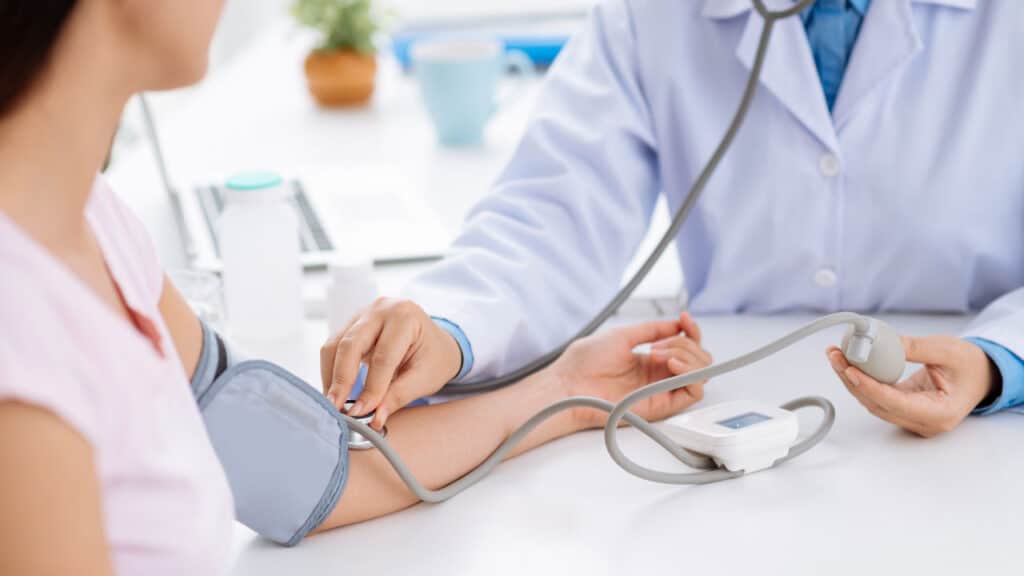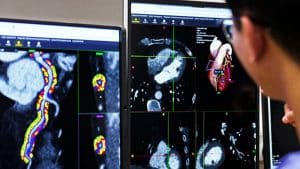When we talk about hypertension, to give high blood pressure its proper name, we often end up focusing on primary hypertension. That’s the one where things like diet and exercise are essential to keeping it in check, but there’s no obvious, specific cause. It’s no wonder that it gets more attention because it makes up more than 90% of cases.
Secondary hypertension (sometimes called inessential hypertension), can be just as dangerous. It has similar symptoms, but the cause is another, separate condition. That means that if you want to treat secondary hypertension, you need to treat the underlying conditions first.
The list of potential causes of secondary hypertension is a long one. It includes kidney disease, endocrine (hormonal) problems, tumors, sleep apnea, potassium deficiency and poisoning. It’s not all diseases and disorders, either; you can see your blood pressure rise during pregnancy or as a result of taking certain medications that otherwise improve your health.
These other conditions all have their own symptom as well. Hormonal problems can have a big impact on your appearance. You may end up sweating more, having palpitations or a racing heart, or even develop bulging eyes. Aortic narrowing, also called coarctation of the aorta, can actually cause hypertension in some parts of the body and hypotension in others at the same time. There’s a lot for doctors to work through when deciding on a diagnosis.
Some causes of secondary hypertension can be treated with medication. If the cause is medication such as steroids, some anti-inflammatories, some anti-depressants, or estrogen, you may need to adjust your dose or seek out an alternative. In some cases, suddenly withdrawing from medication can also cause hypertension, which means you may have to taper your dose down slowly. Other causes of hypertension may require surgery to be managed.
Measuring blood pressure is done in the same way, whether it’s primary or secondary. It’s still something that can be an invisible condition if you don’t look for it. The possible risks relating to heart attacks, strokes and other complications are there in the same way. It’s just the main cause, and therefore the treatment, that is different.
Once you have your underlying conditions under control, you can manage secondary hypertension just like you would primary hypertension. You may even be able to get rid of it completely. You just need an accurate diagnosis first.




